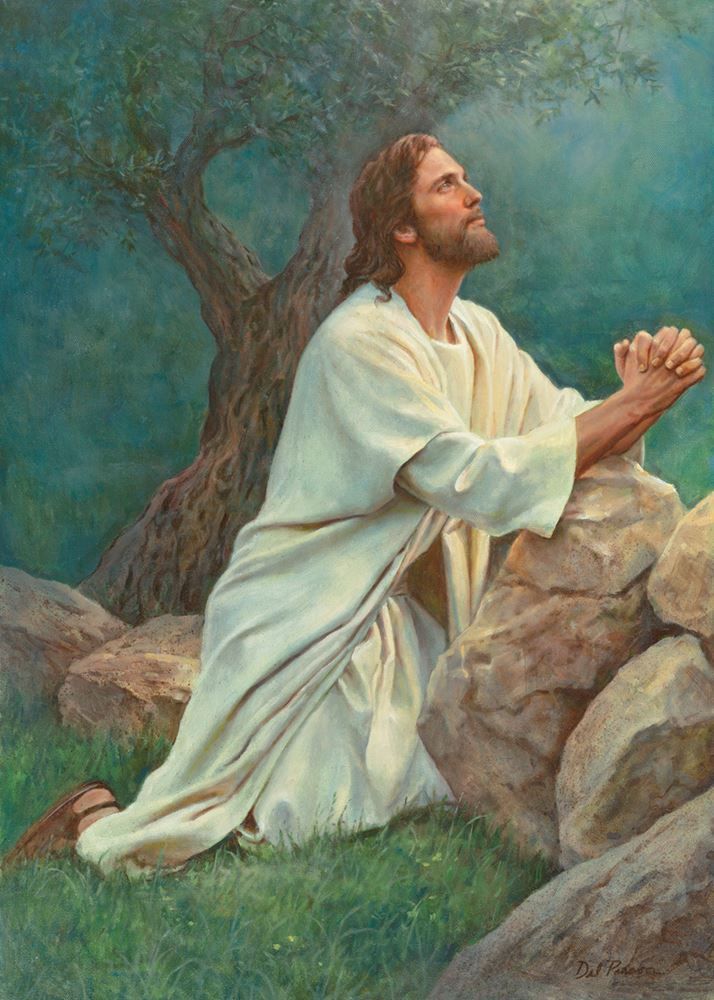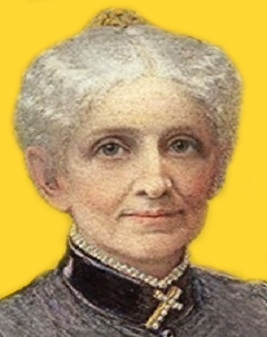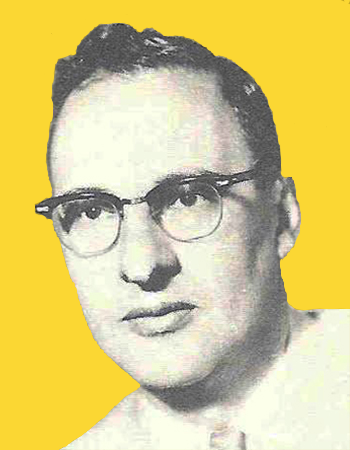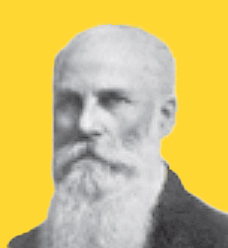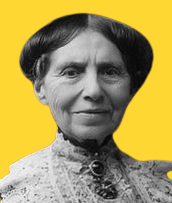"Blessed art Thou because everything that really is, is in this Book."
Ref: Thou ~ MBE
Science & Health
0.0 – Christian Science Author – J.W.S. Cox – Biography and Publication Index
Christian Science Author ~ J.W.S. Cox ~ Biography and Publication Index
0. Biography ~ Please see below
1. Publication
(a) The Illustrations and the Windows --- Please SCROLL or CLICK to GO NOW
Biography
J.W.S. Cox was a formidable, innovate watercolorist who is known for having invented the wet-on-wet watercolor technique (immersing paper in water and painting wet watercolor pigments onto the wet paper, so that the pigments could spread and take on a “life” of their own. J.W.S. Cox was born May 18, 1911 in Yonkers, NY the son of an architect and his wife. He grew up in Brunswick and Wallkill, NY. From an early he age sketched landscapes. He graduated from Pratt Institute in NYC (1933), while working at various jobs during the Great Depression. From 1828-1936 Cox studied the works of El Greco, Feininger, Turner and Cezanne, Marin, Marsden Hartley, Whistler and Charles Burchfield. In 1936, Cox studied in Paris at the Academie Colarossie and for one year with Fauvist Othon Friesz (1879-1949) in an atelier on rue de la Grande Chaumiere. He became acquainted with Andre Derain, Albert Marquet, Raoul Dufy, Georges Rouault and Vlaminck while at Friesz’s studio but Cox decided the Fauvist style was “sloppy”. Returning to Boston fluent in several foreign languages (he spoke 14), he entered the Eliot O’Hara summer classes in Goose Rock’s Beach, ME (1938) the same year he illustrated a historical novel Listen for the Voice. In 1939 he entered Boston University’s Art History program and worked in the Art Department of the Christian Science Monitor. Within a few years, he taught huge classes of students how to paint in watercolor along T Wharf, Boston and in Rockport, Hyannis and Nantucket, and established a studio on Bearskin Neck, Rockport, where he developed his “sponge painting” and palette-knife watercolor techniques. By 1945, Cox was given a one-man show at Doll & Richards Gallery, Boston, where he showed views of Nantucket, Venice (Italy), Rockport, Gloucester and Maine and critic Dorothy Adlow noted the artist’s Japanese-like touch. Wanting to remain “his own man” and not paint commercial pictures, Cox developed a unique individualistic style. He became a member of the Boston Watercolor Society, Cape Ann Society of Moderns, Boston Society of Independents; Copley Society; the American Watercolor Society (A.W.S.) and the Rockport Art Association, but he shunned publicity because time was precious and he preferred to paint than socialize. Cox turned down Aldro T. Hibbard’s offer to sponsor Cox for membership into the National Academy because Cox “wouldn’t play the game.” Cox corresponded with Charles Burchfield and experimented with technique. He taught watercolor painting at the American Water Color Society (NYC, 1956-, see p. 38, 89th Annual Exhibition, AWS, 4/56). He lived in Rockport (summers) through 1960 and from 1947-1960 ran the Cox Gallery on Newbury Street, Boston. Later first taught Color Theory and Perspective at the N.E. School of Art, Boston; became head instructor and then Director of Painting and Training; and Director of the School in 1961. He also maintained summer residences in various townships in Maine, where he painted outdoors. In 1975, he incorporated the school into a non-profit organization. Cox lived in Nantucket in summertime and painted with his students on island from 1938-1956. From 1955-1964 he painted in almost every country and by 1976 he was a pre-Columbian expert of sculpture and pottery and the Museo de la Salud gave him an office so he could study artifacts that predated 2000 BC. Cox was a “Renaissance Man” who spoke over 12 languages; traveled the world painting scenes few had ever seen; was a teacher, art school administrator; illustrator and lecturer. His goal was “to present myself and the soul of nature as truthfully and with as much inspiration, vitality and freshness as is possible, through the medium of watercolor.”Show all
Rawson
Publications1. TITLE OR DESCRIPTION: Please click to view or download FREE the complete publication described.
2. SHOW ALL: Please click to view an expanded version of TOPICS or DESCRIPTION.
| # | Title | Topic | Topic | Desc | Description |
